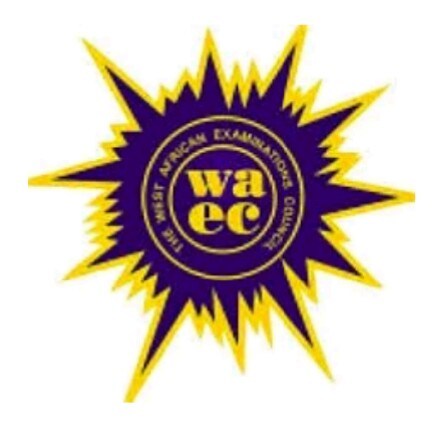Preparing for an exam can be challenging, but with the right resources and guidance, success is within reach.
If you’re taking the Machine Woodworking examination, understanding the syllabus is crucial.
In this blog post, we will explore the aims and objectives, important notes, and examination format for Machine Woodworking.
Whether you’re a student or a teacher, this comprehensive guide will help you focus your studies and maximize your chances of success.
The Importance of the Machine Woodworking Syllabus:
The Machine Woodworking syllabus serves as a roadmap for your exam preparation. It outlines the topics you need to cover, ensuring that you don’t miss any crucial information. Think of it as your toolkit for the exam.
Just as a farmer wouldn’t go to the field without their agricultural tools, you shouldn’t approach the Machine Woodworking exam without the syllabus.
It will guide you towards the areas you need to study, giving you a clear direction for your preparations.
Exam Format:
The Machine Woodworking examination consists of three papers:
Papers 1, 2, and 3. It’s essential to take all three papers to complete the exam successfully.
Paper 1: This paper comprises forty multiple-choice objective questions to be answered within one hour, carrying a total of 40 marks. Make sure to practice answering multiple-choice questions to familiarize yourself with the format.
Paper 2: In this paper, you’ll find four short-structured questions. You are required to choose and answer any three of these questions within one hour, carrying a total of 60 marks. Pay attention to the question prompts and practice organizing your answers concisely.
Paper 3: The practical component of the exam, Paper 3, consists of one practical question that you must complete in two hours, carrying 100 marks. This section tests your ability to apply theoretical knowledge in practical woodworking tasks. It’s essential to practice the various woodworking activities mentioned in the syllabus to enhance your skills.
Materials and Facilities:
Before the practical test, the examiners will provide a list of materials required for the examination.
It’s crucial to familiarize yourself with these materials and ensure proper preparation.
Alternative to Practical Test:
In cases where the required materials for the practical test cannot be acquired, the council may provide an alternative question for candidates to answer in two hours, carrying 100 marks.
While this scenario is less likely, it’s essential to be aware of this possibility and be prepared accordingly.
Topics Covered in the Syllabus:
The Machine Woodworking syllabus covers a range of topics that are vital for the examination.
Here is a summary of the key topics you should focus on:
- Tree growth, structure, and types: Learn about common West African trees, their characteristics, countries of origin, and the growth process. Understand the structure of wood, including the cross-section of a tree.
- Properties of timber: Familiarize yourself with the characteristics of soft and hardwoods, as well as the physical properties of common West African timbers.
- Timber processing: Gain knowledge about timber conversion methods, seasoning techniques, and the preservation of timber. Learn about common market sizes of timber and the advantages and disadvantages of different seasoning methods.
- Timber defects: Understand the different types of timber defects, including natural and artificial defects such as knots, shakes, and splits.
- Wood machine shop safety: Learn about general machine shop safety habits, as well as electrical and mechanical safety rules to ensure a safe working environment.
- Safety equipment and devices: Identify and understand the uses of common machine shop safety equipment and devices such as fire extinguishers, first aid boxes, and sand buckets.
- Wood machine layout: Explore the principles of machine shop layout and understand the flow diagram of a typical machine shop layout.
- Woodwork machines: Gain knowledge about the parts, accessories, uses, and maintenance of various woodwork machines, including crosscut saws, circular saw benches, surface planers, and lathes.
- Wood machining: Study the machine operations involved in different woodworking techniques such as crosscutting, ripping, grooving, surface planing, chamfering, sanding, and shaping.
- Business opportunities in machine woodworking: Learn to identify potential business opportunities in the field of Machine Woodworking and understand the feasibility study process for such ventures.
Conclusion
To excel in the Machine Woodworking examination, it’s crucial to start your preparations with a solid understanding of the syllabus.
Take advantage of the recommended textbooks and resources listed in this post to enhance your knowledge and skills.
Remember to allocate time for both theoretical and practical components of the exam.
With consistent effort, dedication, and proper utilization of the syllabus, you can confidently approach the Machine Woodworking examination and achieve excellent results. Good luck!






